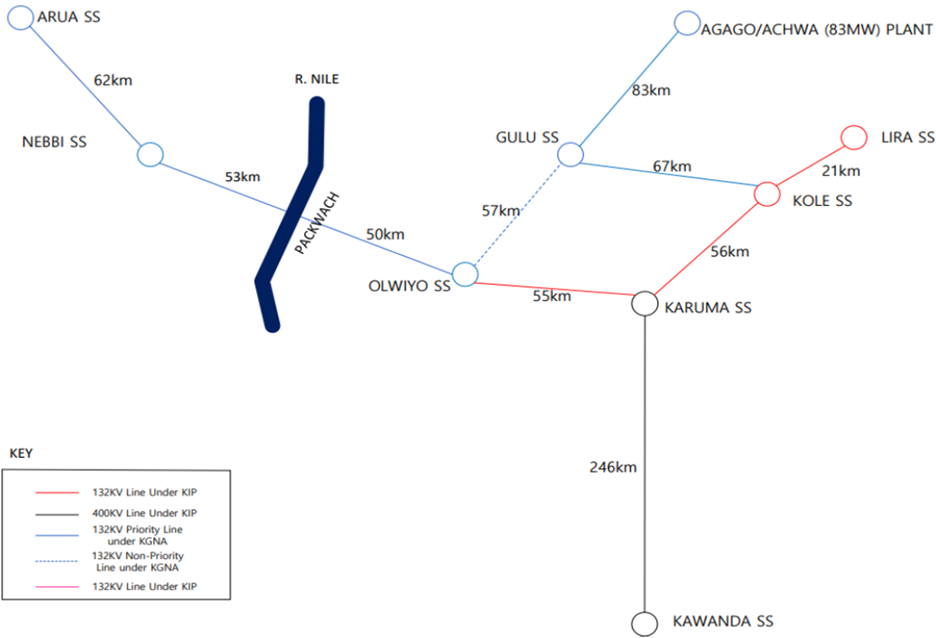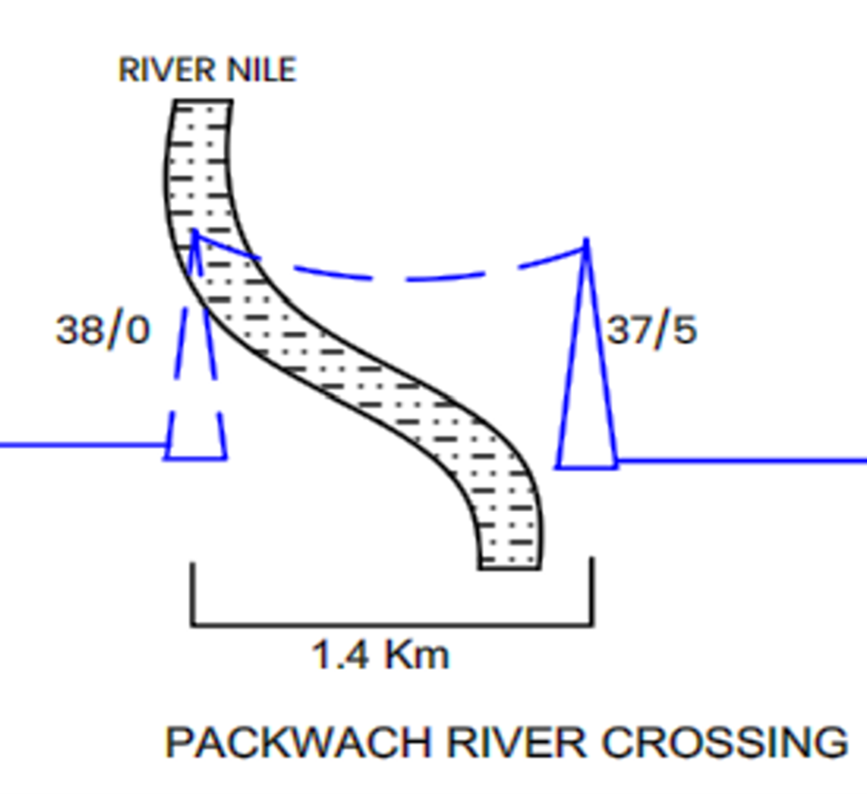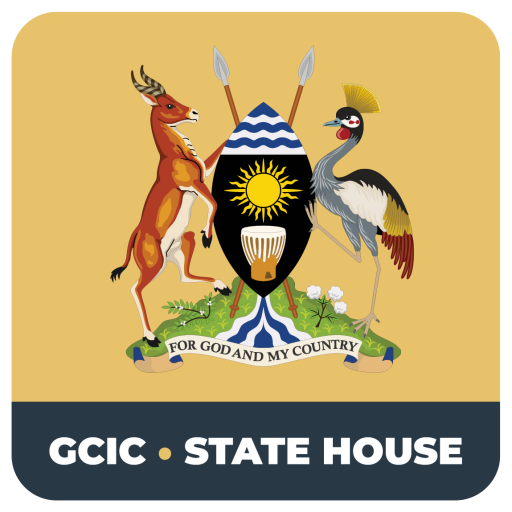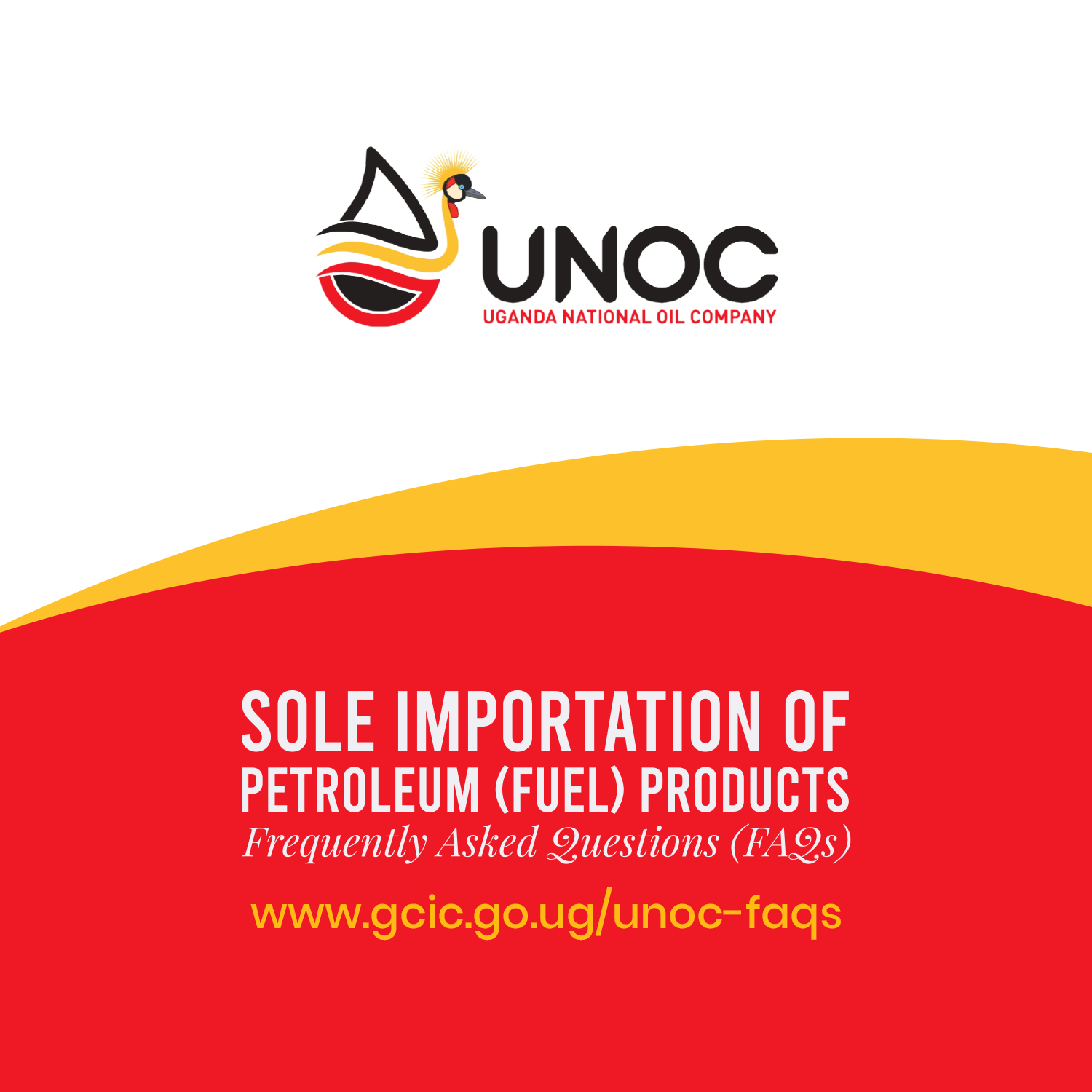
MAP: DIAGRAMMATIC REPRESENTATION OF PROJECT AREA
As I travel through the West Nile region on my work missions, I have over time been drawn to the slowed development caused about by power shortages. Although the region is connected to both hydropower stations at Nyagak and to solar power, the supply has been unstable. Health facilities, factories, schools and other businesses continued to struggle with power supply.
With a population of 3,899,084 million people, West Nile has the third largest population after Buganda and Busoga, according to the Uganda Bureau of Statistics (UBOS) recent data collected from the 10th to the 25th of May, 2024, with the census night on 9th May, 2024.
The West Nile region is bordered to the West by the Democratic Republic of Congo and to the East by the Acholi sub-region (Amuru and Nwoya districts). To the North by the Republic of South Sudan, and to the South by the Buliisa district. The region is composed of eleven district local governments namely; Pakwach, Nebbi, the Zombo, Madi Okollo, Arua, Koboko, Maracha, Yumbe, Moyo, Obongi, and Adjumani.
I am yet to discover a more beautiful place than the hills of the Packwach District, especially in the evenings. Packwach’s sunset as you pass through Murchison Falls National Park is by far the actual description of the Pearl of Africa. For me, that’s always my best time to enjoy Nang Nang (a local fish delicacy ) caught in Lake Albert and usually sold on the roadside. Many times, I am even lucky to see elephants crossing roads and retiring after a long day. Sadly, the nights are the opposite because of darkness.
It is evident that Saturday, 3 August, 2024 will forever live on people’s minds as a historic milestone for the people of West Nile and the Government of Uganda. After a long time, the question of when West Nile will be connected to the national grid has finally been answered by the Uganda Electricity Transmission Company Limited (UETCL). UETCL has already energised the Nebbi substation in preparation for the commissioning of the Kole-Gulu-Nebbi-Arua transmission project by President Yoweri Kaguta Museveni which will connect West Nile to the grid.
As a very keen person on the energy sector, I can tell that the Ministry of Energy and Mineral Development, through UETCL, its implementing agency is committed to implementing Vision 2040 and National Development Plan III through the completion of various power transmission projects which will ensure nationwide access to the national grid including the long-awaited sufficient powering up of West Nile.
The Kole-Gulu-Nebbi-Arua 132kV Transmission Line Project is financed by the World Bank and the Government of Uganda to reinforce supply to the West Nile region, as well as connect the West Nile region and to the national grid. The project’s development objective is to increase the availability and efficiency of bulk electricity supply in the project area. This will also enable the evacuation of electricity from the Karuma, Agago/Achwa, Nyagak I and III power projects to meet the region’s un-served demand.
One of the structures standing out now is a 120m tall tower across the River Nile at Pakwach. It is the tallest transmission line tower in East Africa.

DIAGRAMMATIC REPRESENTATION OF THE TRANSMISSION TOWER
The Government of Uganda funding has invested UGX31.3 billion in this project during the resettlement action plan implementation while the World Bank Funding provided us with a loan of USD 100 million (loan number, 5808-UG) signed on 17th March 2017 with a subsidiary loan agreement of 5th May 2017 that became effectiveness on 14th July 2017. The first disbursement was done on 18th April 2018 and 31st December 2024 will be the last disbursement.
From what I have witnessed with my own eyes while on my work missions, the major components of the project are the 289 km of 132kV double circuit transmission line traversing the districts of; Kole, Oyam, Omoro, Nwoya, Pakwach, Nebbi, Madi-Okollo, Nebbi and Arua. As a lover of clean energy with its associated benefits such as the reduction of carbon emissions and their negative side effects, I would also like to congratulate UETCL the upon construction of a new 132/33 kV substations at Gulu, Nebbi and Arua, which shall be complete with 2 x 32/40 MVA – 132/33kV transformers. It will be included in the 132 kV line bays as well as a 33kV GIS switchgear adequate for 6 x 33 kV indoor outgoing line feeders in each substation.
Why shouldn’t I be impressed having lived to see the construction of 33 kV interconnector distribution lines from each of the Gulu, Nebbi and Arua Substations set to connect to the existing 33kV network and any other areas to be identified after hearing very many of my friends and relatives complain for a long time? Some of my friends even threatened not to vote the President back in power if West Nile continued not being connected to the national grid.
To put you into perspective on the basic contract data for EPC Works, the Contract for Plant Design, supply and Installation of 132kV Kole-Gulu-Nebbi-Arua Transmission Line for Lot-1, KEC International Limited was contracted at a price, tax inclusive of USD 18,1772,635 which is UGX17,417,513,927) as the service provider.
For Lot 2, the contract for plant design, supply and installation of 132/33kV substation at Kole and Gulu with associated 33kV Power line interconnectors substation was given an original value of USD 13,828,081.93 which is UGX2,741,528,203.
Lastly, in Lot 3, for the initial 29 months, the supervision consultant was Power Grid Corporation of India Ltd in association with New Plan Ltd. The contract for Plant Design, Supply and Installation of 132/33kV substation at Nebbi and Arua with associated 33kV Power line Interconnectors had an original value, of USD 14,755,626 which is UGX2,973,807,866.
I urge the people of West Nile to stop farming under electric infrastructure as this poses a danger to them but might also vandalise the infrastructure yet now such a crime is termed as terrorism. Those who may vandalise this infrastructure either out of ignorance of its impact to sell the metals for scrap or intentionally need to understand that we need to protect what is ours. The 132/33 kV substations at Gulu, Nebbi and Arua utility infrastructure are meant to transform the lives of people in West Nile and will be a source of income for the country because the power will be enough to even sell to South Sudan.
Secondly, vandalism of utility infrastructure is now an act of terrorism under the Anti-Terrorism Act, of 2002. Critical infrastructure such as this project acts as the life support system of our everyday existence. Right now, our country has a highly complex and sophisticated system of electricity infrastructure and other utility infrastructure, that all Ugandans and visitors in the country rely on for their health, safety, security and economic well-being. Destruction or any attack on a single point of our critical infrastructure could lead to disruptions or destruction that could harm the community and the country at large.
Under Section 7(2) A person commits an act of terrorism for purposes of influencing the Government or intimidating the public or a section of the public and for a political, religious, social or economic aim, indiscriminately without due regard to the safety of others or property carries out all or any of the following acts;
a) Intentional and unlawful manufacture, delivery, placement, discharge or deterioration of explosive or other lethal devices, whether attempted or actual, in, into or against a place of public use, a state of Government facility, a public transportation system or an infrastructure facility, with the intent to cause death or serious bodily injury, or extensive destruction likely to or resulting in major economic loss,
(g) Serious interference with or disruption of an electronic system.
Finally, I have witnessed first-hand the development that happens when areas are connected to the national grid. Initially, West Nile was only being served by Nyagak III yet large consumers such as Roofings Limited in the area were consuming up to 20 MW to 60MW.
I am optimistic that with the increase in power supply, more lives will be saved. The districts in the region are bound to develop politically, socially and economically. This will also eliminate frequent power outages. I have great hope that West Nile will be as developed as Busoga and Buganda very soon if the infrastructure is well protected to play its functions. The project will also come with environmental benefits giving electricity as a source of energy for cooking and reducing the cutting down of trees.





